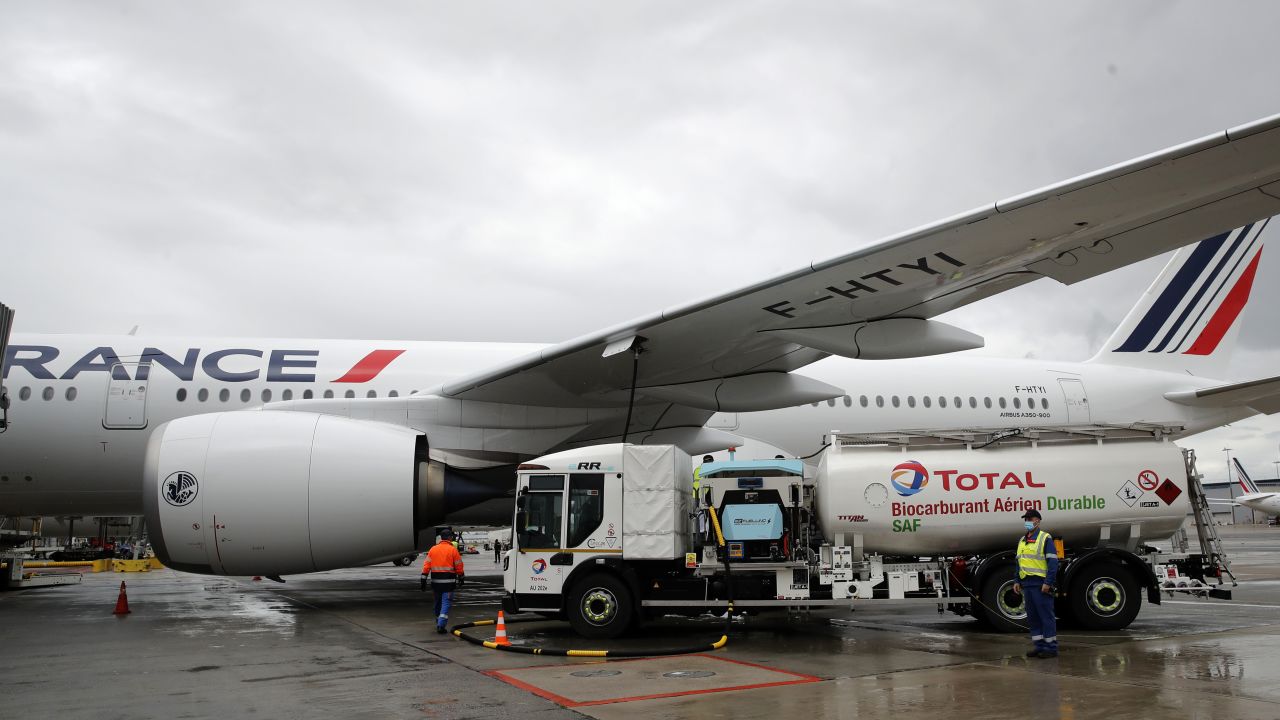
Aviation emissions have become a hot topic in recent years, sparking debates and raising awareness about their impact on our planet. But what exactly are aviation emissions, and why should we care? Aviation emissions refer to the greenhouse gases and pollutants released by aircraft engines during flight. These emissions contribute to climate change and air pollution, affecting both the environment and human health. Understanding the facts about aviation emissions can help us make informed decisions and advocate for greener skies. In this blog post, we'll dive into ten crucial facts about aviation emissions that everyone should know. Buckle up and get ready to learn!
Key Takeaways:
- Aviation emissions, though only 2-3% of global CO2, have a significant impact due to their high-altitude occurrence and rapid growth since 2005. Efforts to reduce emissions include sustainable fuels and electric aircraft.
- Passengers can help reduce aviation emissions by choosing direct flights, as takeoffs and landings are the most fuel-intensive parts of a flight. Understanding these facts is crucial for addressing climate change.
Aviation Emissions: An Overview
Aviation emissions are a significant contributor to global greenhouse gases. Understanding these emissions is crucial for addressing climate change. Here are some key facts about aviation emissions that highlight their impact and the efforts to mitigate them.
The Scale of Aviation Emissions
Aviation emissions are a major concern due to their scale and impact on the environment. Let's explore some important facts about their magnitude.
-
Aviation contributes about 2-3% of global CO2 emissions. This might seem small, but it is significant given the high altitude at which these emissions occur, amplifying their warming effect.
-
Commercial aviation produces around 900 million metric tons of CO2 annually. This figure is comparable to the total emissions of some countries, underscoring the industry's substantial carbon footprint.
-
The aviation sector's emissions have grown by 70% since 2005. This rapid increase is driven by the rising demand for air travel and freight services.
The Impact on Climate Change
Aviation emissions have unique characteristics that make them particularly harmful to the climate. Here are some facts about their specific impacts.
-
Aircraft emissions include not just CO2 but also water vapor, nitrogen oxides (NOx), and particulates. These compounds contribute to the formation of contrails and cirrus clouds, which have a warming effect on the atmosphere.
-
The overall climate impact of aviation is estimated to be 2-4 times higher than its CO2 emissions alone. This is due to the additional warming effects of non-CO2 emissions at high altitudes.
-
Aviation emissions are released directly into the upper atmosphere. This makes them more effective at trapping heat compared to ground-level emissions.
Efforts to Reduce Aviation Emissions
The aviation industry and governments worldwide are taking steps to reduce emissions. Here are some key initiatives and technologies being implemented.
-
The International Civil Aviation Organization (ICAO) has set a goal for carbon-neutral growth from 2020 onwards. This means that any increase in emissions from international aviation must be offset by reductions elsewhere.
-
Sustainable aviation fuels (SAFs) can reduce lifecycle CO2 emissions by up to 80%. These fuels are made from renewable resources and have a much lower carbon footprint than traditional jet fuel.
-
Electric and hybrid-electric aircraft are being developed to reduce reliance on fossil fuels. These technologies promise to significantly cut emissions, especially for short-haul flights.
The Role of Passengers
Passengers can also play a role in reducing aviation emissions. Here are some ways individuals can make a difference.
- Choosing direct flights can reduce emissions. Non-stop flights are more fuel-efficient than those with layovers, as takeoffs and landings are the most fuel-intensive parts of a flight.
Understanding these facts about aviation emissions can help us appreciate the scale of the challenge and the efforts needed to address it.
The Bigger Picture
Understanding aviation emissions is crucial for grasping their impact on our environment. Planes release significant amounts of carbon dioxide and other pollutants, contributing to global warming. However, advancements in technology and sustainable aviation fuels offer hope for reducing this footprint. Airlines are also adopting more efficient flight paths and lighter aircraft to cut emissions.
While flying less is one way to help, supporting green initiatives in aviation can make a big difference. Next time you book a flight, consider airlines committed to sustainability. Every small step counts in the fight against climate change.
By staying informed and making conscious choices, we can all contribute to a cleaner, greener future. Let's keep pushing for innovations that make air travel more eco-friendly. The sky's the limit when it comes to what we can achieve together.
Frequently Asked Questions
Was this page helpful?
Our commitment to delivering trustworthy and engaging content is at the heart of what we do. Each fact on our site is contributed by real users like you, bringing a wealth of diverse insights and information. To ensure the highest standards of accuracy and reliability, our dedicated editors meticulously review each submission. This process guarantees that the facts we share are not only fascinating but also credible. Trust in our commitment to quality and authenticity as you explore and learn with us.


